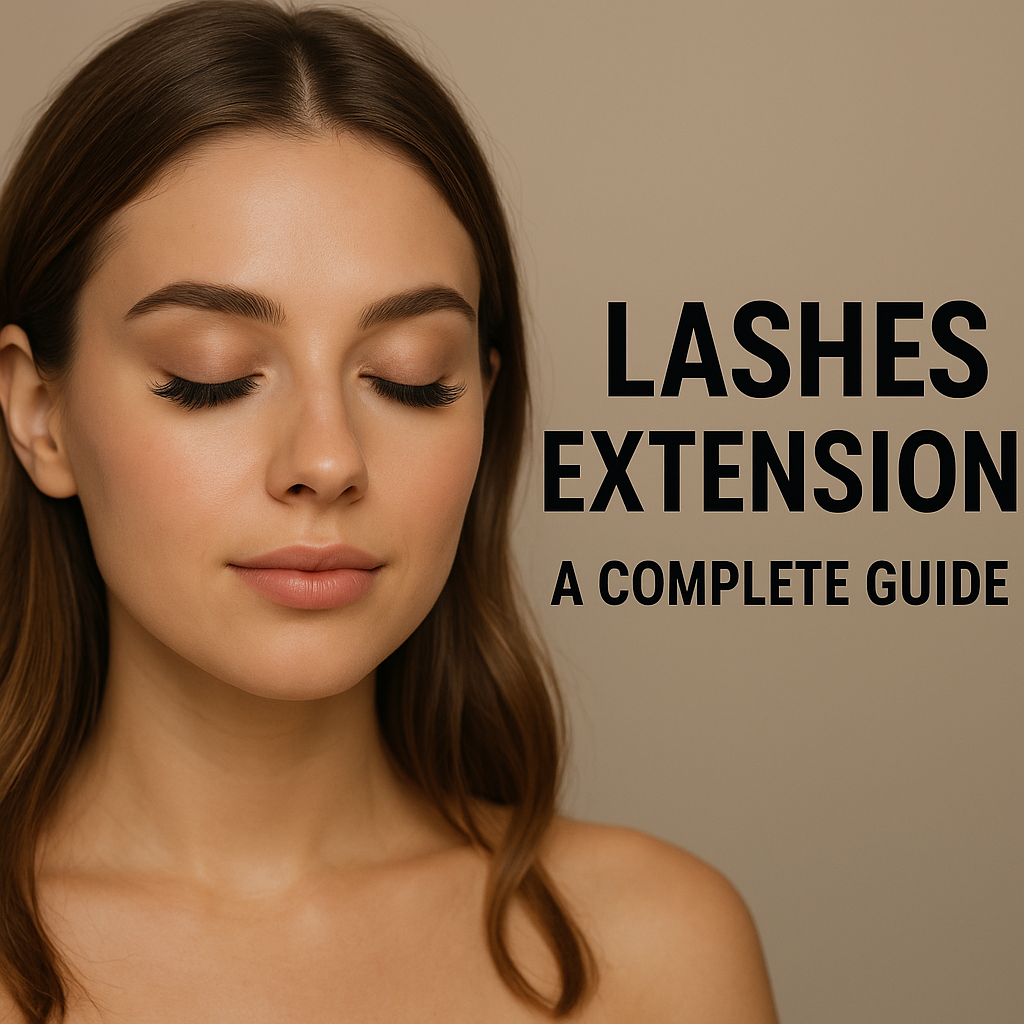Dip powder nails are a durable and lightweight nail enhancement method that doesn’t require UV light. This article explains what dip nails are, how they’re applied, their benefits, care tips, design options, comparisons with other nail systems, and potential side effects.
1. What Are Dip Powder Nails?
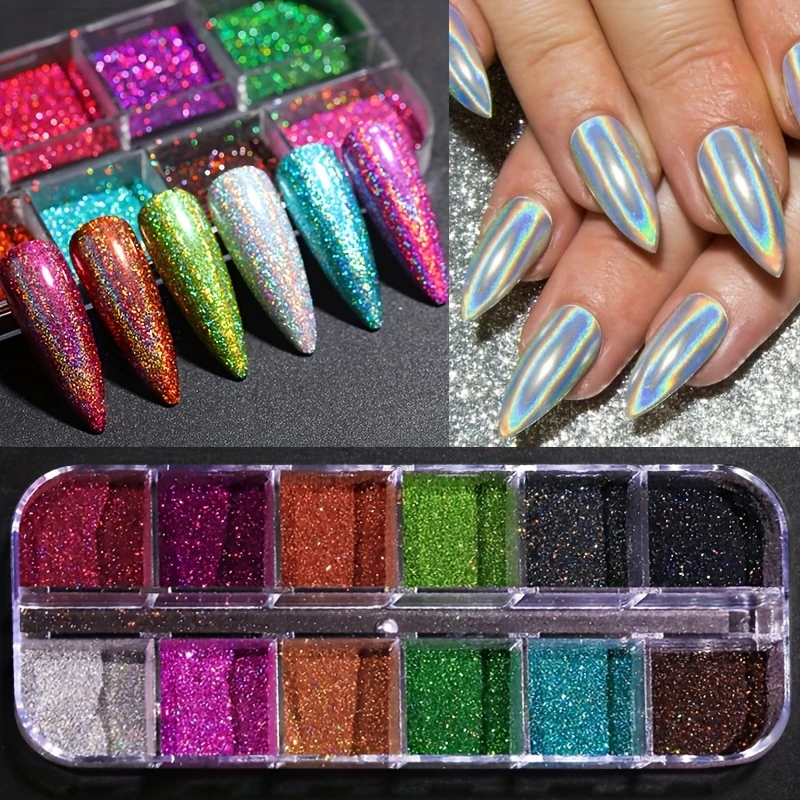
Dip powder nails are created by dipping the nail into colored powder, then sealing it with a clear protective top coat. They don’t need UV curing, making them quicker and gentler. The result is a strong, long-lasting manicure with vibrant color and a smooth finish.
2. How Are Dip Nails Applied?

After prepping the natural nails, a base coat is applied. Each nail is dipped into a colored powder, then brushed off and sealed. The process is repeated for strength, and a top coat adds shine. No UV lamp is needed—just air drying.
3. Benefits of Dip Powder Nails
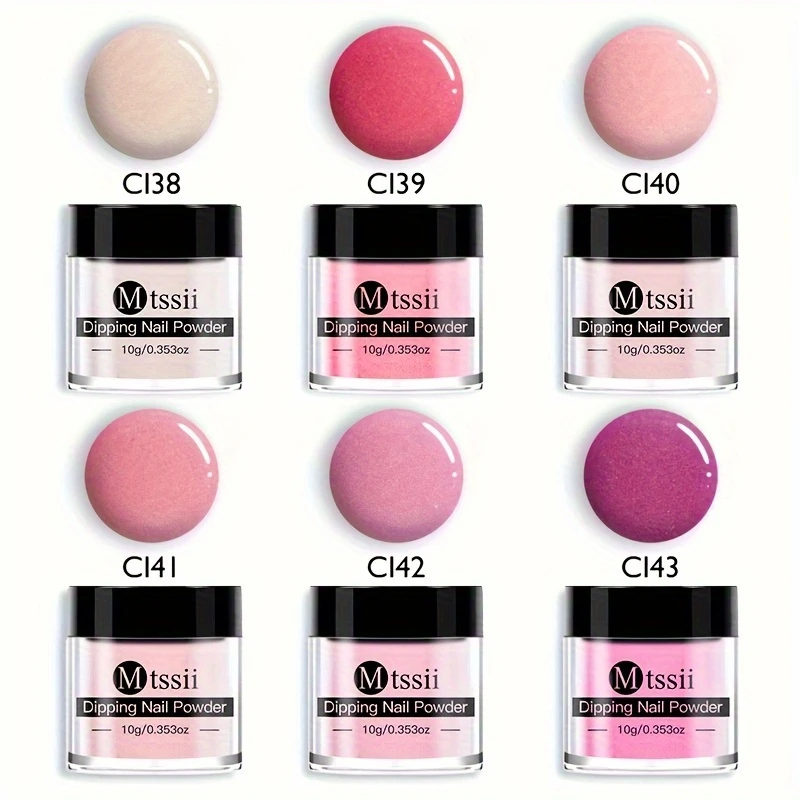
Dip nails are known for their long wear time—lasting up to 4 weeks. They are stronger than gel polish and less damaging than acrylics. The application is fast, odor-free, and perfect for those looking for durability with less commitment than extensions.
4. How to Care for Dip Nails
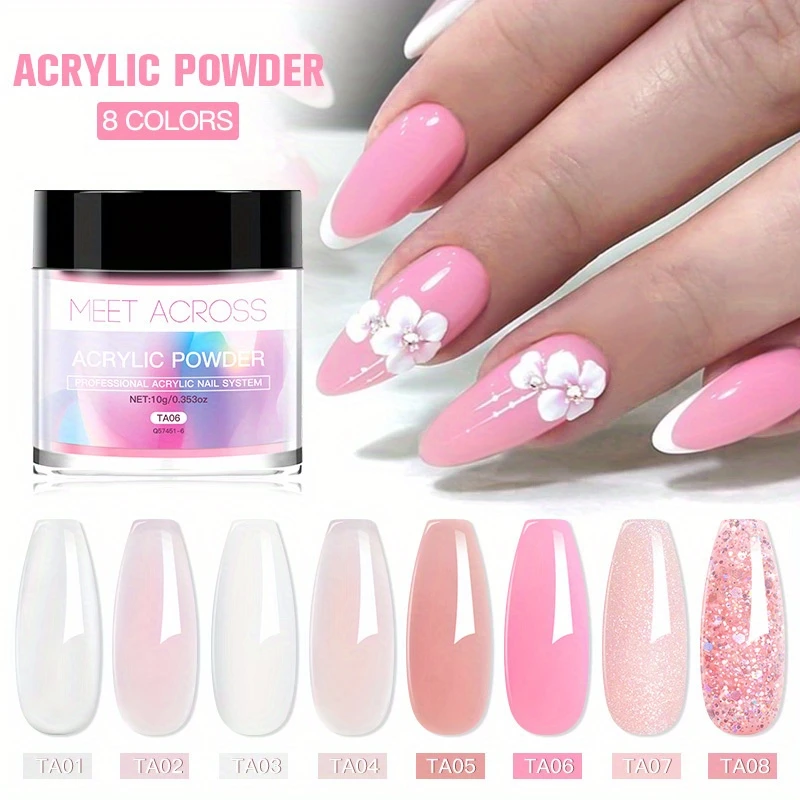
Avoid soaking your hands in water for long periods and always wear gloves while cleaning. Keep your cuticles moisturized, and don’t peel or pick at the surface. Visit a professional for safe removal and touch-ups every few weeks to maintain healthy nails.
5. Dip Nail Design Ideas
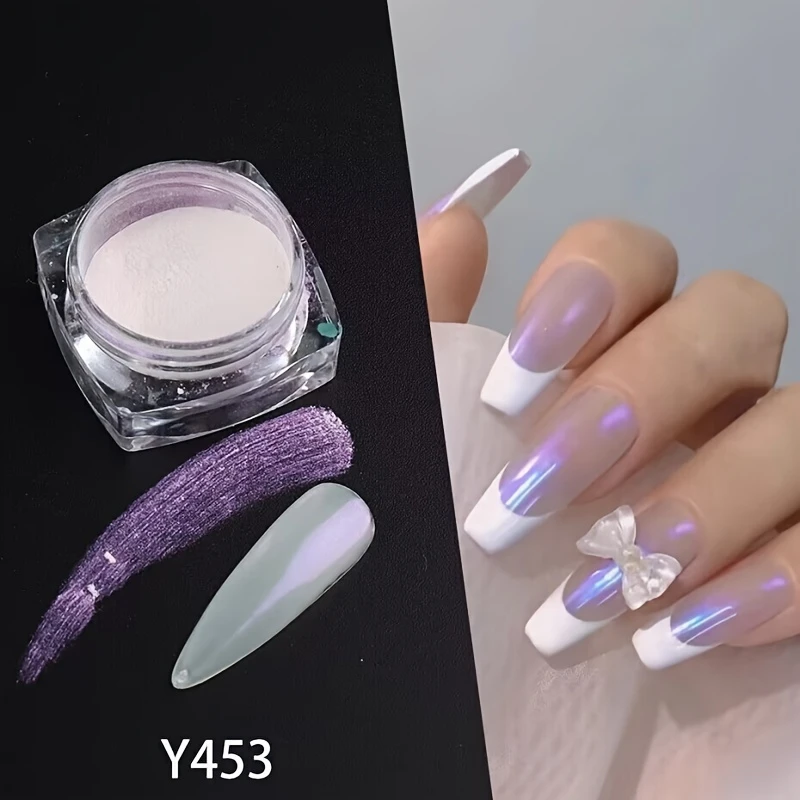
Dip powders come in hundreds of colors and finishes—glitter, matte, chrome, and ombré effects. Nail art, French tips, and seasonal patterns are all possible with dip nails. They provide a smooth, vibrant base that’s great for both simple and bold styles.
6. Dip Nails vs. Gel and Acrylic
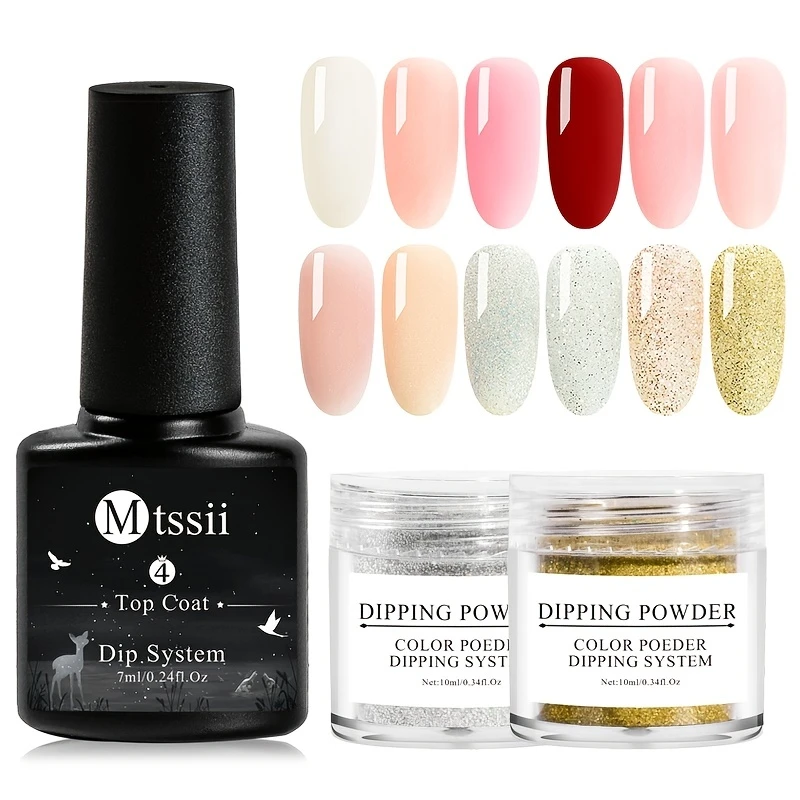
Dip nails are more durable than gel polish but lighter than acrylics. Unlike gel, dip doesn’t need curing lights, and unlike acrylic, there’s no strong smell or harsh chemicals. Dip powder is ideal for long-lasting color without the heaviness of extensions.
7. Side Effects of Dip Nails
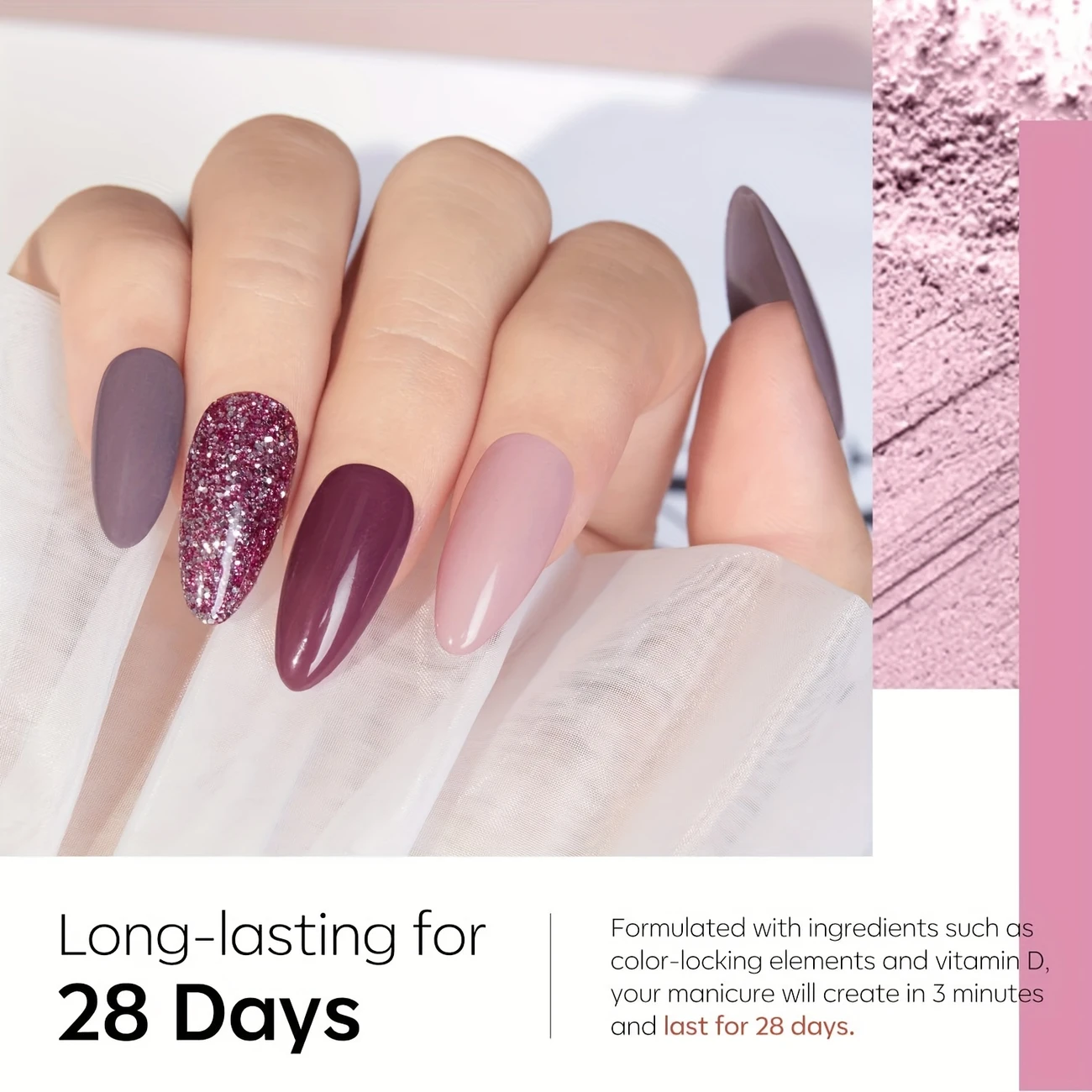
If not removed properly, dip powder can cause nail thinning or peeling. Over-filing during application or removal may damage the nail bed. Hygiene is key—using unsanitary tools or shared powders can increase the risk of infection. Always choose a trusted nail tech.








